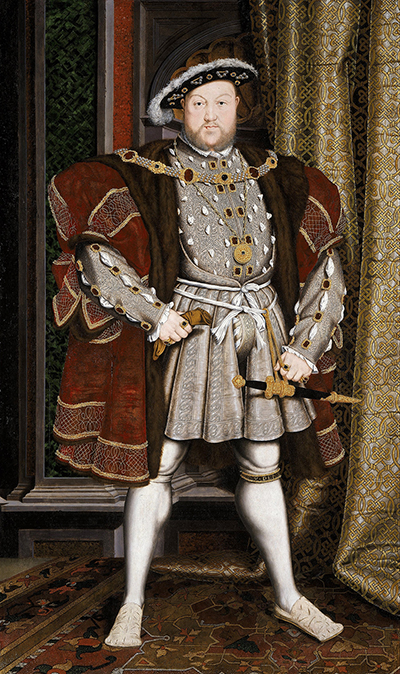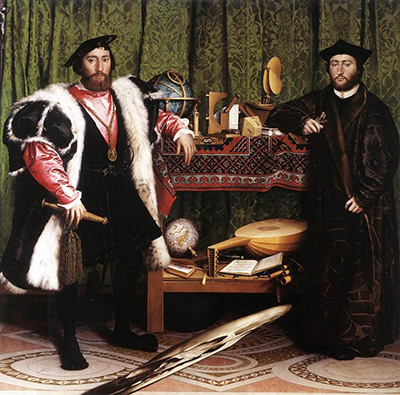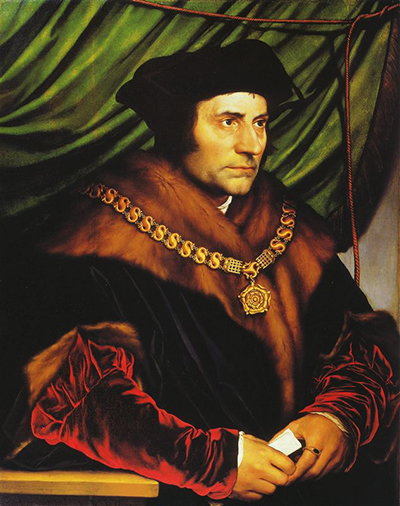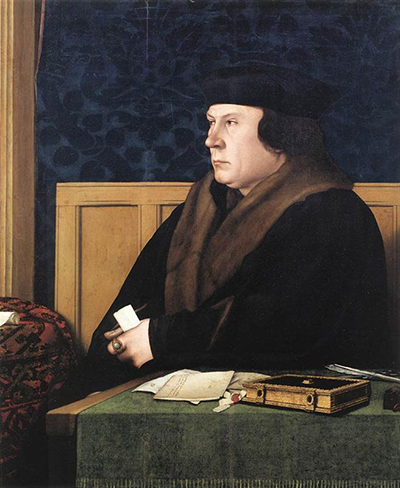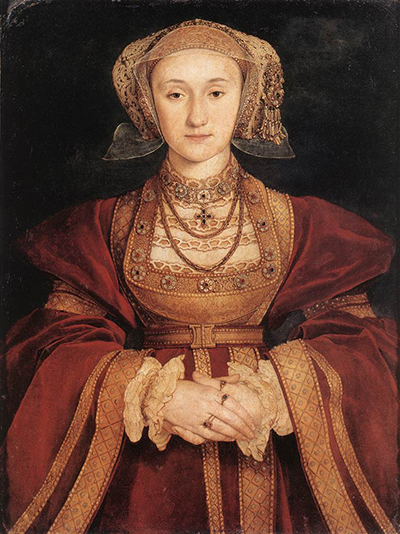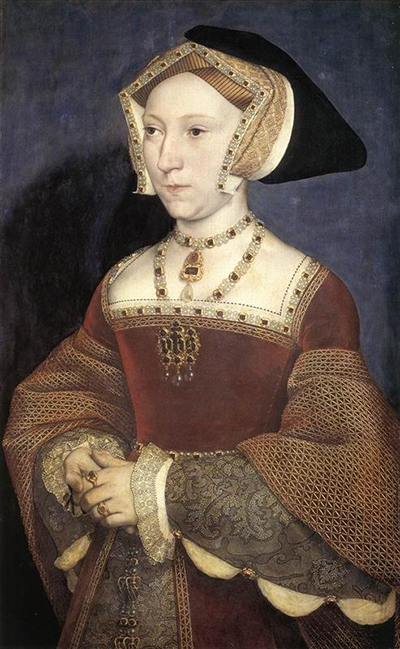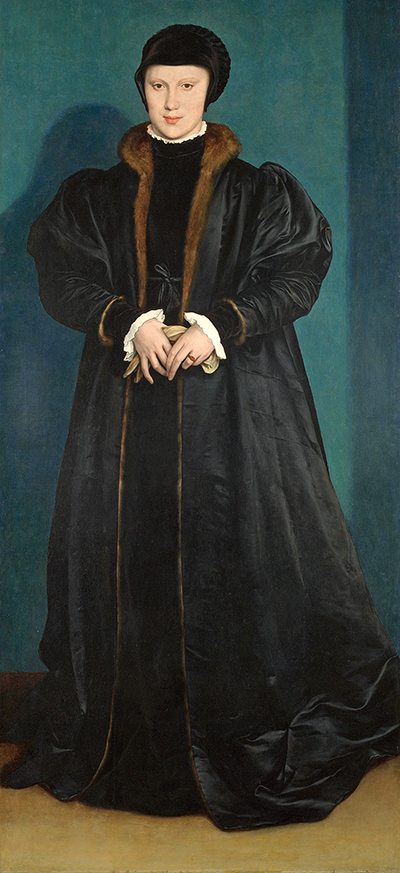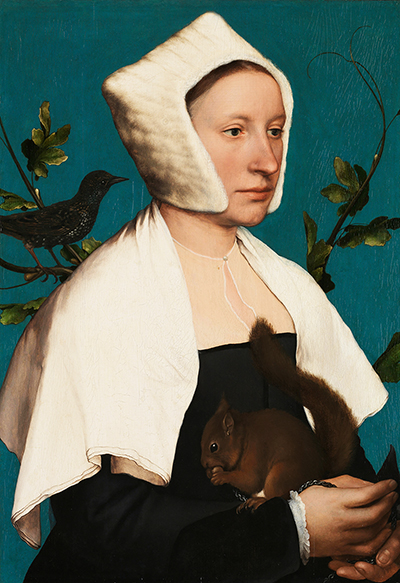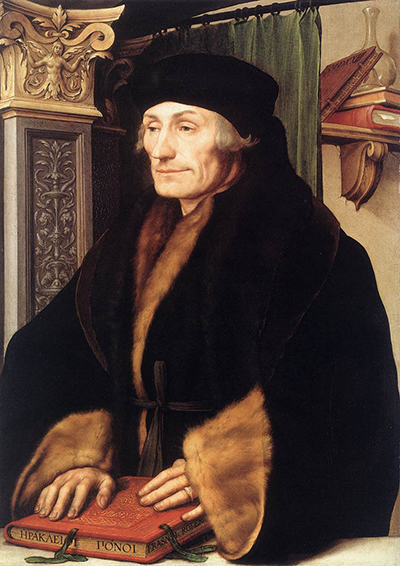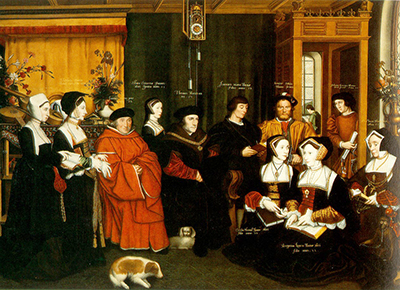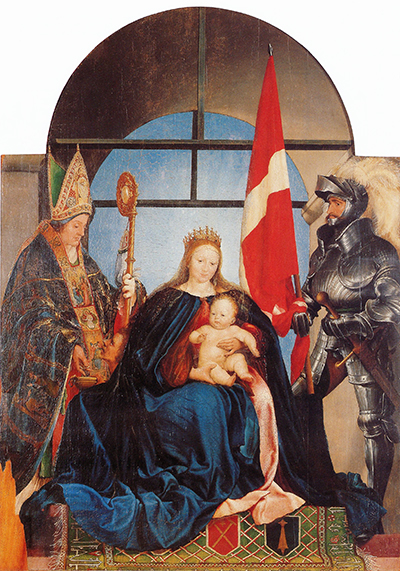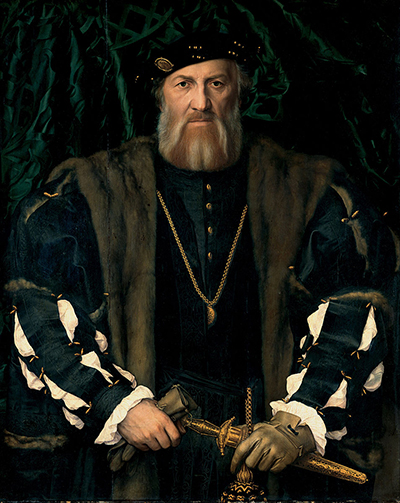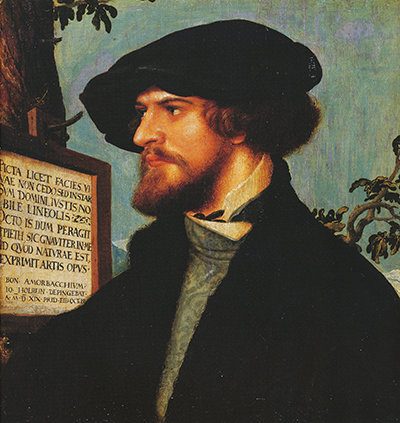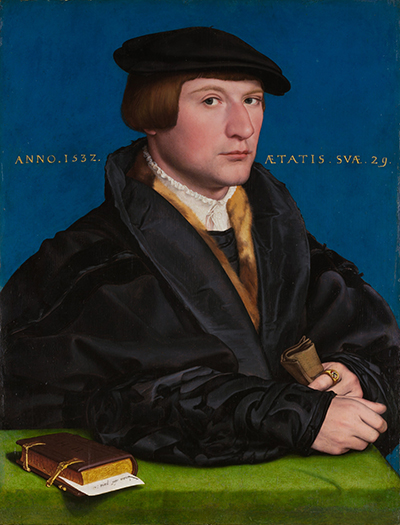Hans Holbein was one of the most significant portrait painters of the 16th century and received highly prized commissions across Europe
Portrait artist for the rich and famous
Holbein's reputation earned him work with some of the major historical figures of that time, particularly in England with Henry VIII and many of his close connections. As an artist who would travel for much of his career, there were inevitably a considerable number of different influences on Hans the Younger during his lifetime. His father, the Elder, was a Gothic artist who initially had drawn him into this artistic path.
Influence of Gothic art
Whilst being a key member in the Northern Renaissance there were still clear elements of his father's gothic style in his work, particularly when compared to the sensitivity of artists like Titian. It is unclear whether he ever journied to Italy but we do know for sure of trips to France, England and Switzerland. Holbein was also at his peak during the rise of miniature portraits, which is a genre that has never been as in vogue as it was then.
Planned his paintings with study drawings
This German artist would give huge attention to his initial drawings before even contemplating his painting techniques. All respected portrait painters would follow a similar path, tending to the infinite varieties of the human face and body.
Study and practice would be crucial in this genre. It was during the Renaissance and Baroque periods that portrait painting was most in demand, used as a way of recording historical figures and promoting individual families or cities. Reputations could grow quickly on the basis of one significant commission, leading to a flurry of activity to obtain the services of such an artist for future work.
Proficient in both tempera and oils
Holbein used various techniques to transfer his drawings across to panel. Tempera and oil, as was common at that time, would then be used to put together the painted image. He used relatively few layers of paint, allowing the original crayon work to show through in many cases. This method also meant his skills as a draughtsman were crucial. Hans Holbein tended to decorate his portrait paintings with additional objects to add interest to the finished artwork. These might include drapery or background items such as shelves and carpets, perhaps even architecture.



